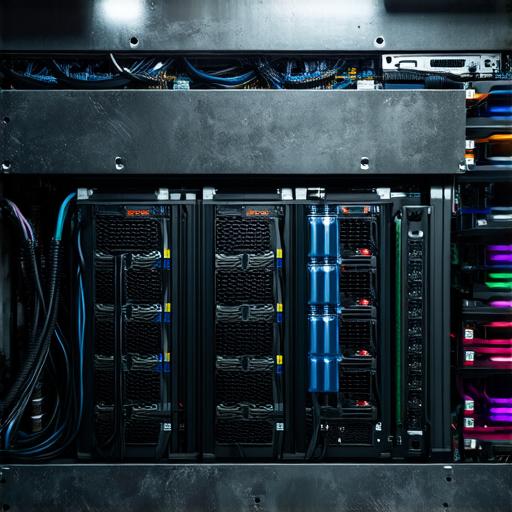Here’s the corrected HTML code for the article:
Introduction
Admin commands are a powerful tool for managing dedicated servers, allowing you to quickly and easily make changes to the server configuration, manage user accounts, and perform a wide range of other tasks. However, with so many different commands available, it can be difficult to know where to start.
1. Setting Up Server Configuration
One of the first things you’ll want to do when setting up a new server is configure it to meet your needs. There are many different configuration options available, but some of the most important include:
/worldgen: This command is used to generate a new world for the server. You can specify various options, such as terrain type and biome density, to customize the world to your liking./netsettings: This command is used to set network settings for the server, including the maximum number of players and the port on which the server will listen./rules: This command is used to set rules for player behavior on the server. For example, you can use it to enable or disable PvP mode, or to configure loot drops.
1. Managing User Accounts
Another important aspect of running a dedicated server is managing user accounts. This includes creating new accounts, removing old accounts, and changing account settings such as passwords and permissions.
/createaccount: This command is used to create a new account for the specified player. You can specify various options, such as the player’s name and password, to customize the account./deleteaccount: This command is used to delete an existing account. You will need to provide the player’s username or UUID in order to delete their account./changepassword: This command is used to change the password for a player’s account. You will need to provide the player’s username or UUID and their new password in order to change their password.
1. Monitoring Server Performance
Running a dedicated server can be resource-intensive, and it’s important to monitor the server’s performance to ensure that it is running smoothly.

/stats: This command provides detailed information about the server’s performance, including CPU usage, memory usage, and more./meminfo: This command provides information about the server’s memory usage, including how much RAM is currently in use and how much is available./cpuinfo: This command provides information about the server’s CPU usage, including how many cores are installed and their current load.
1. Troubleshooting Common Issues
Finally, it’s important to be able to troubleshoot common issues that may arise on your dedicated server. This can include things like crashes, connectivity issues, and more.
/dumpcore: This command is used to create a core dump of the server process, which can be useful for debugging crashes.
